A History of Waste: What’s So Bad About Plastic Straws?
For half a century plastic has been among the most common materials used to make take-out food containers, utensils, packaging, to-go cups, cup lids — and, yes, single-use cups, utensils, lids, packaging and drinking straws.
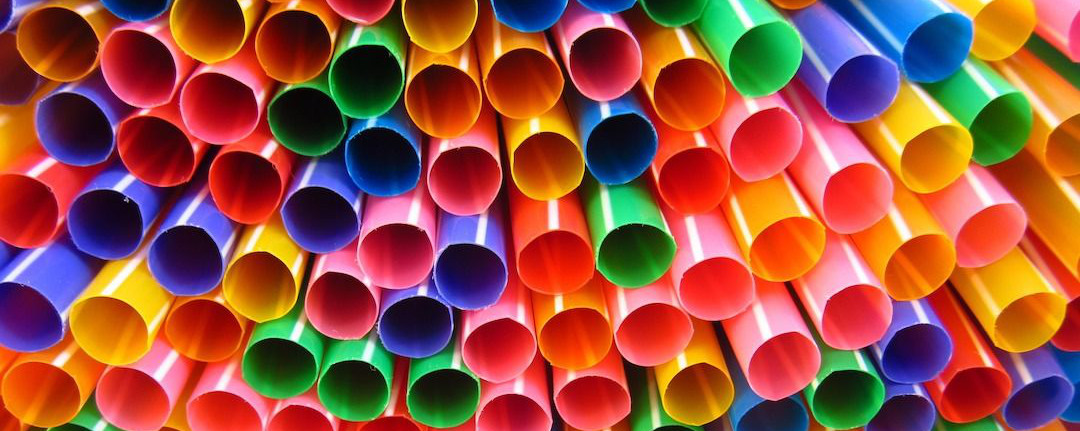
Why Focus on Cutting Single-Use Plastic Straw Waste?
High-profile activist organizations are waging campaigns to rid the world of plastic straws — including the Lonely Whale Foundation’s Strawless Ocean program, the Plastic Pollution Coalition, The Last Plastic Straw, Surfrider Foundation, and Greenpeace, among many others. Concerned citizens, including many young people, are lobbying for new laws to restrict plastic straw use.
Some question why plastic straws, in particular, have been targeted. The short answer is that many see drinking straws as an unnecessary “gateway plastic” that more broadly represents our over-use of a material known to cause serious consequences to our planet.
There are more than 10 million tons of plastic entering our ocean every year. It’s estimated that by 2050, our oceans will actually hold more plastic by weight than fish. These alarming statistics and projections don’t even take into account plastic pollution on land, and plastic waste clogging our landfills.
Plastic straws may represent only a fraction of our daily plastic use and plastic pollution problems. Yet, each day, in the U.S., we create enough single-use drinking straw waste to wrap the circumference of the earth 2.5 times. That’s only straw used in America in a single day! Worldwide, the wastefulness is even more staggering.
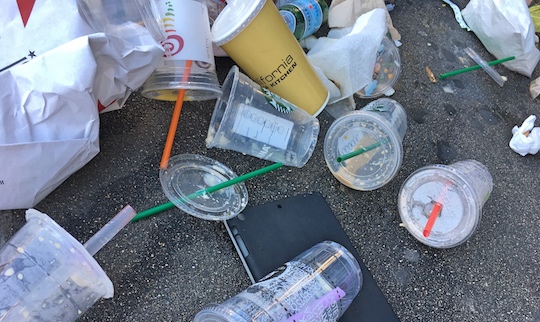
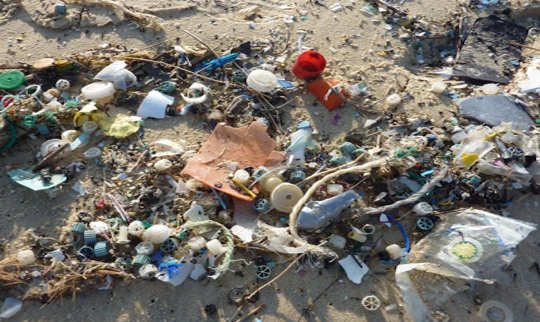
Our so-called “disposable” drinking straws are used for a few minutes, then tossed. They cannot ever be properly recycled. And like all plastics, they will last for centuries, and never fully degrade.
In most cases, single-use plastic straws are an altogether unnecessary form of waste. Minimizing or eliminating them from your daily routine is an easy fix that anyone can choose to do. This simple action can help jump-start the global conversation about the larger level of plastic waste and pollution, and its negative impacts on the health of our oceans, our environment, and all living things (which are covered in more detail below).
Individuals can start by simply requesting “no straw” with their drink orders. Or, they can bring their own reusable drinking straw with them where ever they go.
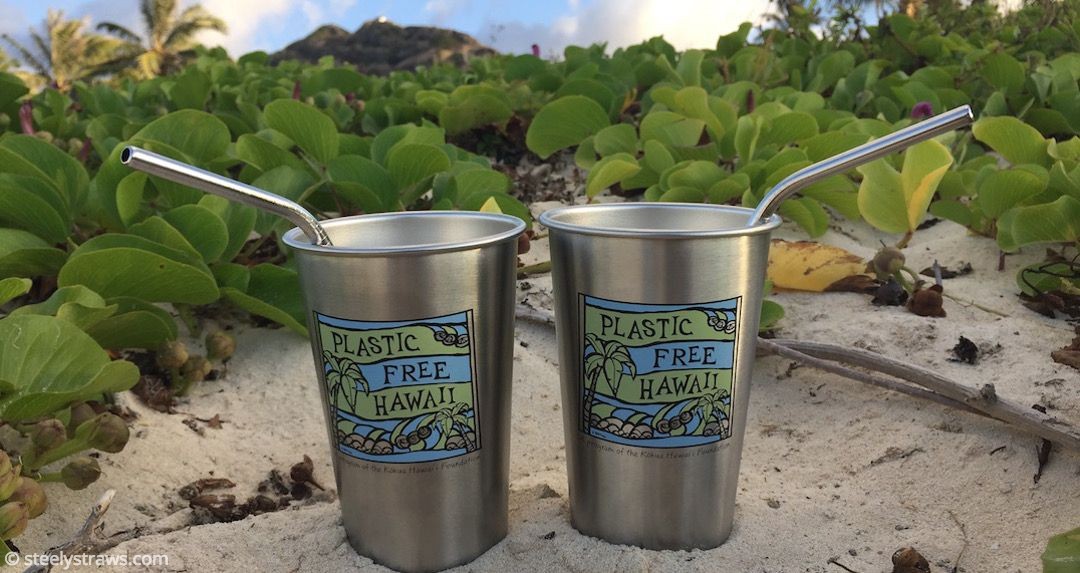
Restaurants and food service establishments can adjust by serving straws only upon request. And, they can stop giving out plastic straws and source alternatives made of less harmful materials, such as paper or reusable stainless steel.
In 2018, the state of California established legislation requiring restaurants to serve straws upon request only. Other states and municipalities are sure to follow with similar policies.
Stopping single-use plastic straws is a simple step towards a more comprehensive recalibration of our food and drinkware service protocols. It will, ideally, extend to rethinking all forms of single-use plastic waste, including massively reducing or eliminating single-use plastic bottles, cups, lids, food containers, utensils, and packaging.
History of Drinking Straws
Archeologists have unearthed artifacts which suggest that drinking straws made of stone, and later metallic materials, were used to sip drinks in some ancient cultures dating back more than 5,000 years.
The modern straw came into fashion in the mid 19th Century, coinciding with the rise in popularity of American cocktails garnished with leaves and fruit, such as Cobblers and Mint Juleps.
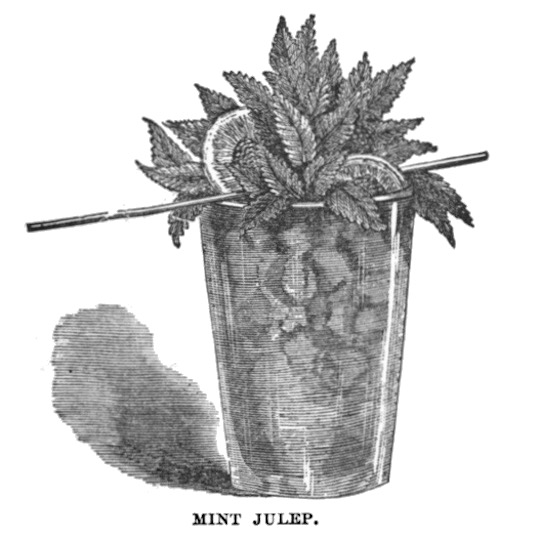
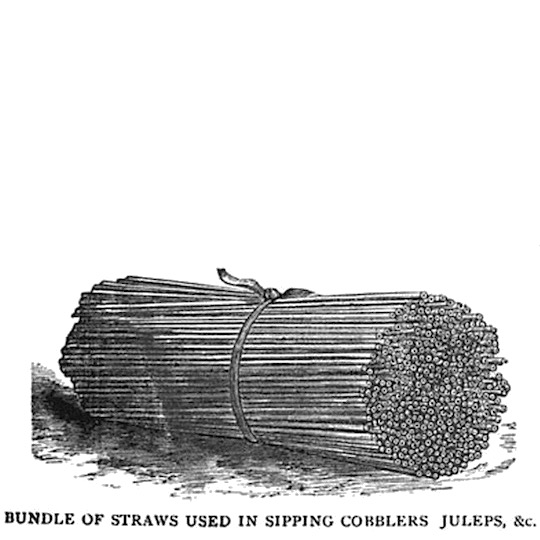
The most common drinking straws then were made of rye grass, which was natural, plentiful, cheap and soft — yet not very durable and tended to collapse on itself before a beverage was finished. Typically, two grass straws were used at a time to get through a single drink. Fruit garnished cocktails were also often served with a bar spoon as well as a pair of rye grass sipping straws.
The modern drinking straw made of paper was patented in 1888. Variations of paper straws were improved over time, including those with wax exterior coatings, which enhanced performance but eliminated their ability to be recycled, or composted. Paper straws were embraced by consumers and used as the main manufacturing material for drinking straws for the next 80 years.
During America’s boom period following the end of World War II, plastics in product manufacturing exploded in a big way. Starting in the early 1950s, factories started churning out all types of new plastic consumer products at an unprecedented rate. By the 1960s, plastic straws were cheaper to produce and performed better than paper, so they became the preferred material for drinking straws.

At the time, no one considered the future impacts that single-use plastics would have on our environment. So plastic straws, cups, bottles, utensils and food packaging have dominated the marketplace for more than five decades. And our use of the material has grown exponentially.
The founding of Earth Day, April 22, 1970, launched the modern environmental movement. But it took until the early 21st Century for our broader culture to start understanding the negative health and environmental consequences of the “cheap and convenient” single-use plastic items that have become so ingrained in our daily lives.
As the push to cut disposable plastic waste has taken hold — new types of reusable straws and drinkware have been introduced into the marketplace.

Steelys has been distributing reusable stainless steel drinking straws, drinkware and food containers since 2008, originally through its parent company, Eco Imprints, Inc. We’re now among the leading wholesale steel straw manufacturers and bulk custom drinkware suppliers for the U.S. market, with exclusive product designs, custom printing and decoration expertise, and active involvement with policy makers and leaders in the zero waste movement.
In addition to food-grade steel, other materials are now used to make reusable drinking straws, including: glass, aluminum, and silicone. For single-use straws, paper alternatives are now making a comeback. Other emerging single-use straw alternatives include bamboo, compostable PLA, and even pasta. To learn more, check our review of Eco Friendly Alternatives To Single-Use Plastic Straws.
Plastics Most Commonly Used For Drinking Straws
Single-use plastic drinking straws were originally made with Polystyrene #6, a plastic that can leach neurotoxins into food and drinks. Best known for its use in Styrofoam containers or hard goods like plastic utensils or red Solo-type cups, Polystyrene is brittle and tends to crack easily and the material is very rarely recycled.
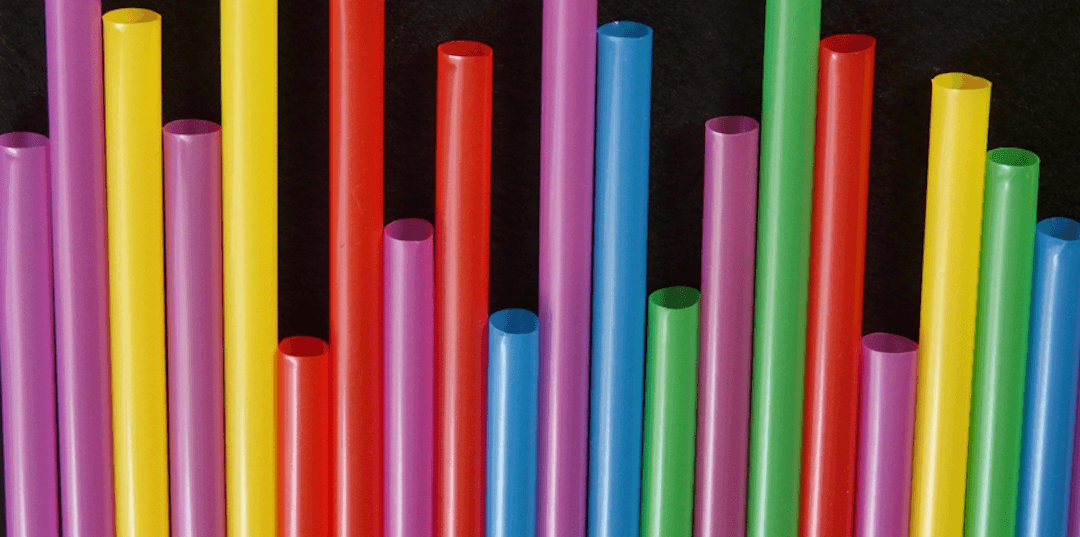
While some manufacturers still make drinking straws from Polystyrene #6, more single-use plastic straws are now made with Polypropylene #5 or Polyethylene #2. These materials are less environmentally damaging than Polystyrene, however, they are still produced on a massive scale from fossil fuels and chemicals such as crude oil and natural gas and they still have many of the negative health and environmental impacts of other types of petroleum-based plastics.
Even though plastic drinking straws are made of plastics that can be recycled, according to the website Earth911, no curbside recycling programs in the United States will accept any type of plastic straws because they can contaminate the recycling stream and jam up equipment. As a result, virtually all of the 500 million single-use plastic drinking straws used in America each day end up as landfill or plastic pollution.
Potential Health Risks From Plastic
Chemicals found in many conventional single-use plastic varieties, including those used to make drinking straws, are hazardous in manufacturing and can create toxic industrial waste. In addition, chemical additives commonly used to give some plastic products their desirable performance properties can have adverse effects on humans.
Some health specialists are now to encouraging the 5Rs – Reduce, Reuse, Recycle, Rethink, Refuse — to minimize exposures to the potentially harmful components of plastics covered here.

Bisphenol-A
Polycarbonate plastic with Bispenol-A, commonly known as “BPA”, has been widely used to make refillable plastic water bottles and other types of single-use plastic containers. BPA has been linked to various types of cancer, impaired immune function, early onset of puberty, obesity, diabetes, and hyperactivity, among other problems. In 2010, the U.S. FDA recommended that the public limit its exposure to BPA due to health concerns.
Phthalates
Many types of plastic drinkware and accessories contain Phthalates, a softening agent that is also often used for aluminum bottle linings and other consumer goods. Phthalates are a known endocrine disruptor and can lead to asthma, cancers, birth defects, immune system impairment, developmental and reproductive effects in children, and other serious conditions.
Polystyrene
Some disposable drinking straws are still made with Polystyrene. It is also used extensively for throwaway drink cups, take-out food containers, and disposable cutlery. It comes in a variety of hard forms, as well as soft foam types commonly referred to by the trade name, “Styrofoam™”. Polystyrene contains benzene, butadiene and styrene that can migrate into food or drinks and store in body fat. Polystyrene can cause irritation of eyes, nose and throat as well as effects on the nervous system. Polystyrene can leach the neurotoxin, Styrene, which has been shown to cause cancer in animals. The EPA and the International Agency for Research on Cancer have established it as a possible human carcinogen.
Leaching Chemicals
Consumers can get exposed to these and other potentially dangerous chemicals when they leach from certain types of single-use plastic drinkware or straws into the drinks they hold. Studies have found that repeated re-use of plastic foodware and drinkware — which get dinged up through normal wear and tear and while being cleaned or re-heated — increases the chance that chemicals will leak out of the tiny cracks and crevices that develop over time.
There are now efforts in the U.S., Canada, and the European Union to phase out or ban the use of some of these chemicals in plastic food and drink containers and accessories, and to ban some plastic products like disposable bags and single-use plastic straws. Not all manufacturers are following voluntary restrictions and the powerful plastics and chemical industries are resisting such change. When it comes to our health, the conveniences of so much daily plastic use may not be worth the risk.
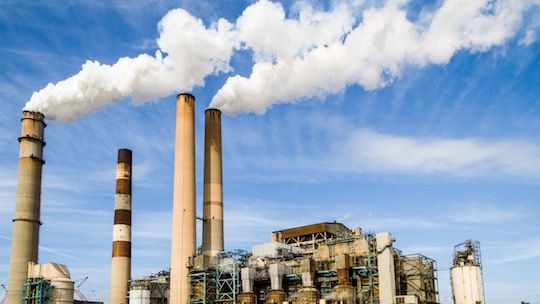
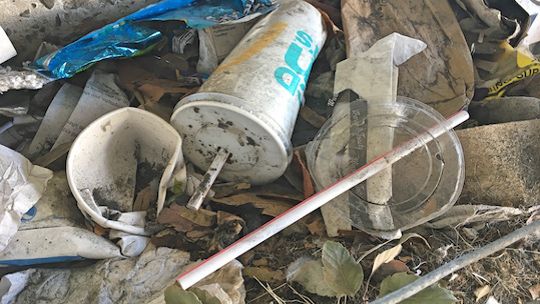
Impacts Of Plastics On Our Planet
Plastic pollution is one the most serious threats to our environment, creating toxic exposure in every phase of its life cycle. The scale of problems created by plastic drinking straws, drinkware, food containers, and utensils is growing along with our populations. We’re still recycling less than 20% of recyclable plastics, and each year an estimated 182.5 billion single-use plastic straws are thrown away in the United States alone.
Conventional plastic is made from petroleum, a non-renewable resource that creates significant air and water pollution during its extraction and shipment. About 10% of U.S. oil consumption and about 8% of world oil consumption is used for raw material and energy needed to make and process plastics.

Massive Ocean Pollution
Since our oceans are downstream from every place on earth, they receive much of the plastic waste generated on land. Plastic constitutes an estimated 90% of trash floating on the ocean’s surface, with 6.4 million tons of debris reaching our oceans every year.
Unlike other types of trash, plastic does not biodegrade. Instead, it photo-degrades with sunlight, breaking down into tiny pieces that never really disappear. These pieces are eaten by birds and marine life, wash up on beaches, or break down into microscopic plastic dust, attracting more debris.
Plastic is also swept away by ocean currents, landing in swirling vortexes called ocean gyres, which are impossible to clean up. The North Pacific Gyre between the coast of California and Hawaii is home to the largest ocean garbage site in the world. This floating mass of plastic is now reported to be three times the size of France, with plastic pieces outnumbering sea life by a measure of 6 to 1, and an estimated 1.8 trillion pieces of plastic weighing nearly 90,000 tons currently floating in this area. Researchers have discovered two more massive areas where a “soup” of concentrated plastic pollution collects — one in the South Pacific Ocean, the other in the North Atlantic.

Killing Marine Life and Birds
Plastic threatens sea creatures big and small. In fact, in 2015, a cringe-inducing viral video of scientists pulling a plastic straw from the nostril of a 77-pound sea turtle, vividly displayed the impacts and hazards of ocean pollution and inspired the movement for many individuals to give up single-use plastic straws. Over 100,000 marine mammals and one million seabirds die each year from ingesting or becoming entangled in plastic. The material is not only hazardous to marine life, but it can transfer toxic chemicals to the food chain, with potentially grave consequences to human health.
Plastic is Forever
It takes 500-1000 years or more for plastic to degrade. Every piece of plastic ever created still exists, including the small amount that’s been incinerated and become toxic particulate air emissions.
Plastic waste is not just in the ocean. There are similar concentrations of such trash in our open spaces, our landfills, and in every community around the world. More than 60 billion tons of plastic are produced each year, and less than 5% of that is ever recycled. Even if we stopped using plastics today, they will remain with us for many generations, threatening the health of humans, wildlife, and our planet.

Solutions to Break The Plastic Habit
While it may be difficult to completely eliminate petroleum-based plastic from our daily routine, there are steps we can take to limit its potential health impacts and reduce plastic consumption and waste.
Our friends at the Plastic Pollution Coalition offer some great tips to reduce disposable plastic use in our lives. Stainless steel products like Steelys® straws, water bottles, cups, mugs and food containers were designed to offer safer and more sustainable alternatives to plastic.
Stainless steel contains no toxins, is 100% reusable, and 100% recyclable. Buyers who choose reusable steel straws or drinkware instead of plastic alternatives are making an meaningful move towards breaking bad hapbis and mainstreaming more sustainable and healthful ways of living.
— Written by John Borg, Founder of Steelys and CEO of Eco Imprints, Inc.



